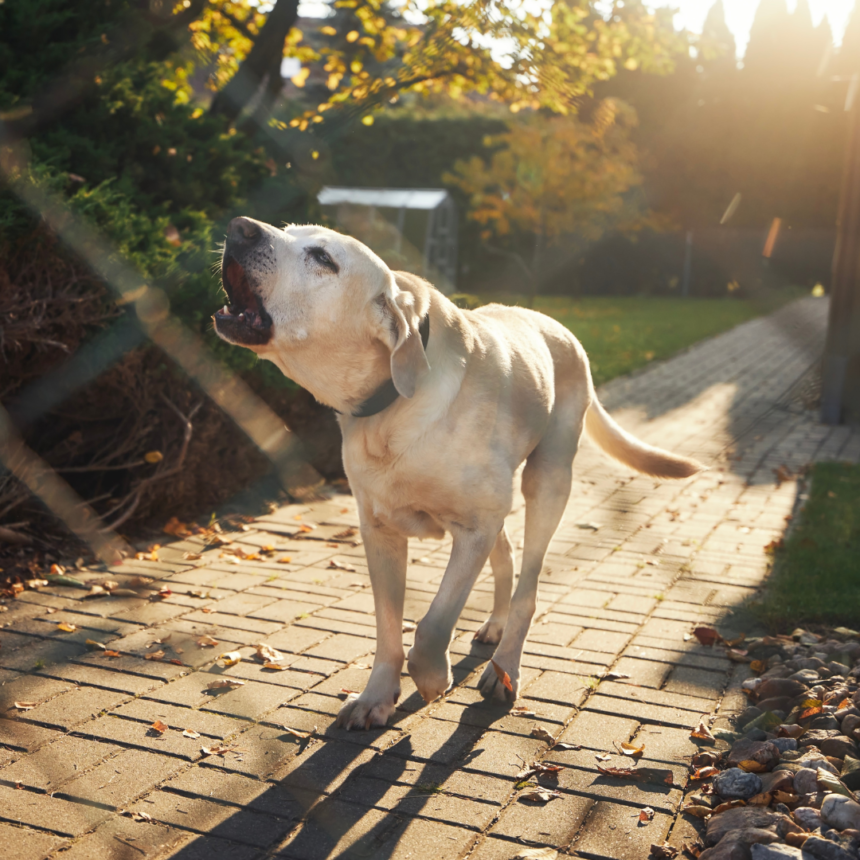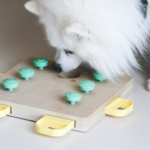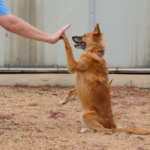Introduction
Territorial behavior in dogs is a common trait rooted in their instinct to protect their space. While this innate quality can be beneficial, it may pose challenges in a community setting. This article aims to explore the nuances of territorial behavior, identify potential issues, and provide practical solutions for fostering a more amicable neighborhood for both dogs and their owners.
Understanding Territorial Behavior
Understanding the territorial instincts in dogs is pivotal for pet owners seeking to foster balanced behavior in their furry companions. Delving into the evolutionary aspects of territoriality unveils the roots of this instinct, shedding light on why dogs exhibit protective behavior over their home environment.
Evolution has wired dogs to be territorial as a survival mechanism. In the wild, ancestors of domestic dogs needed to defend their territory to ensure access to resources like food, shelter, and mates. This instinct has persisted through generations, influencing the behavior of our canine friends.
Dogs perceive their home as their den, a safe haven where they seek refuge and establish a sense of security. This instinct becomes particularly pronounced in environments where dogs feel responsible for their human pack. Understanding this deep-seated need for protection allows owners to empathize with their pets and approach territorial behavior with a compassionate mindset.
By comprehending the evolutionary roots of territoriality, owners can navigate and manage their dog’s protective tendencies more effectively. This knowledge empowers pet parents to implement strategies that align with their dog’s innate instincts, creating an environment where the canine feels secure without triggering excessive territorial behaviors.
Potential Challenges and Issues
Territorial behavior in dogs, while rooted in natural instincts, can pose challenges that extend beyond the home environment. Dog owners may encounter various issues that arise from their pet’s protective nature, impacting relationships with other pets, neighbors, and the broader community.
Conflicts with other pets are a common consequence of territorial behavior. When dogs perceive a threat to their space, they may exhibit aggressive tendencies towards unfamiliar animals, leading to skirmishes and strained relationships. These conflicts can create tension not only within the immediate vicinity but also in places like dog parks or communal spaces.
Confrontations with neighbors are another potential challenge. A dog’s territorial instincts may manifest as excessive barking, fence running, or even displays of aggression towards people passing by. Such behaviors can strain neighborly relations, causing discomfort and frustration. Addressing these issues is essential to maintaining a peaceful coexistence in residential areas.
Disruptions in the community can result from territorial behavior extending beyond individual homes. Dogs patrolling their perceived territory may venture into communal spaces, affecting the comfort and safety of others. Understanding these challenges allows dog owners to proactively address potential conflicts and contribute to a positive community environment.
Real-world scenarios highlight the importance of recognizing and mitigating these challenges. For instance, a dog’s aggressive response to a neighboring pet might lead to strained relations between owners. Excessive barking triggered by territorial instincts can disrupt the peace in shared living spaces.
Practical Solutions for Dog Owners
Managing and minimizing a dog’s territorial behavior is crucial for creating a harmonious relationship between pets and the community. This section offers actionable advice and a range of effective strategies that dog owners can implement to address and mitigate territorial tendencies.
1. Training Exercises: Engage your dog in regular training exercises focused on commands like “stay” and “leave it.” These commands can be valuable tools in managing territorial behavior, providing you with better control over your dog’s actions in various situations.
2. Socialization Techniques: Expose your dog to a variety of environments, people, and animals from a young age. Gradual and positive socialization can help reduce territorial instincts by familiarizing your dog with different stimuli. Controlled interactions with other pets and people can contribute to a more relaxed demeanor.
3. Positive Associations: Create positive associations with situations that might trigger territorial behavior. Offer treats, praise, or playtime when your dog remains calm in the presence of strangers or other animals. This reinforces positive behavior and helps shift their perception of potentially threatening situations.
4. Establish Clear Boundaries: Define clear boundaries within your home and surrounding areas. Reinforce the idea that certain spaces are shared, while others are designated as your dog’s territory. Consistent reinforcement of these boundaries helps your dog understand acceptable behavior.
5. Consult a Professional Trainer: If territorial behavior persists or becomes problematic, consider seeking guidance from a professional dog trainer. Trainers can provide personalized strategies based on your dog’s specific needs, offering targeted solutions for effective behavior modification.
Empowering dog owners with these actionable strategies enables them to take proactive steps in managing and minimizing territorial behavior. By incorporating these techniques into their routine, owners contribute to a more positive and cooperative relationship between their dogs and the broader community.
Promoting Responsible Ownership
Responsible ownership plays a pivotal role in addressing and mitigating territorial behavior in dogs. By fostering open communication with neighbors and implementing effective training and tools, dog owners can contribute to a well-balanced and considerate community.
1. Communication with Neighbors: Establishing a dialogue with neighbors is essential in ensuring a positive relationship between pets and the community. Inform neighbors about your dog’s personality, any ongoing training efforts, and steps you are taking to manage territorial behavior. Open communication fosters understanding and cooperation, creating a supportive environment.
2. Obedience Training: Invest time and effort in obedience training for your dog. Teach commands like “sit,” “stay,” and “come,” reinforcing positive behavior and facilitating better control in various situations. Obedience training enhances the bond between owner and pet while contributing to a more disciplined and well-behaved canine companion.
3. Appropriate Use of Tools: Utilize appropriate tools such as leashes and fences to manage your dog’s interactions with the environment. A leash provides physical control during walks, ensuring that your dog remains under supervision. Fences create safe boundaries within your property, minimizing the potential for territorial conflicts with neighbors or other pets.
4. Consistent Supervision: Maintain consistent supervision of your dog, especially in communal areas. By being attentive to your pet’s behavior, you can intervene promptly if signs of territorial instincts emerge. Timely intervention helps prevent conflicts and reinforces positive behavior.
5. Responsible Ownership as a Community Value: Encourage responsible ownership as a community value. Share information with neighbors about the importance of training, proper care, and respectful interactions between pets. When responsible ownership becomes a shared value, it contributes to a considerate and harmonious living environment.
Conclusion
In conclusion, understanding and addressing territorial behavior in dogs contributes to creating a friendly neighborhood for all. By embracing responsible ownership practices and implementing practical solutions, dog owners can navigate and mitigate potential conflicts, ensuring that their furry companions coexist harmoniously with the community.









